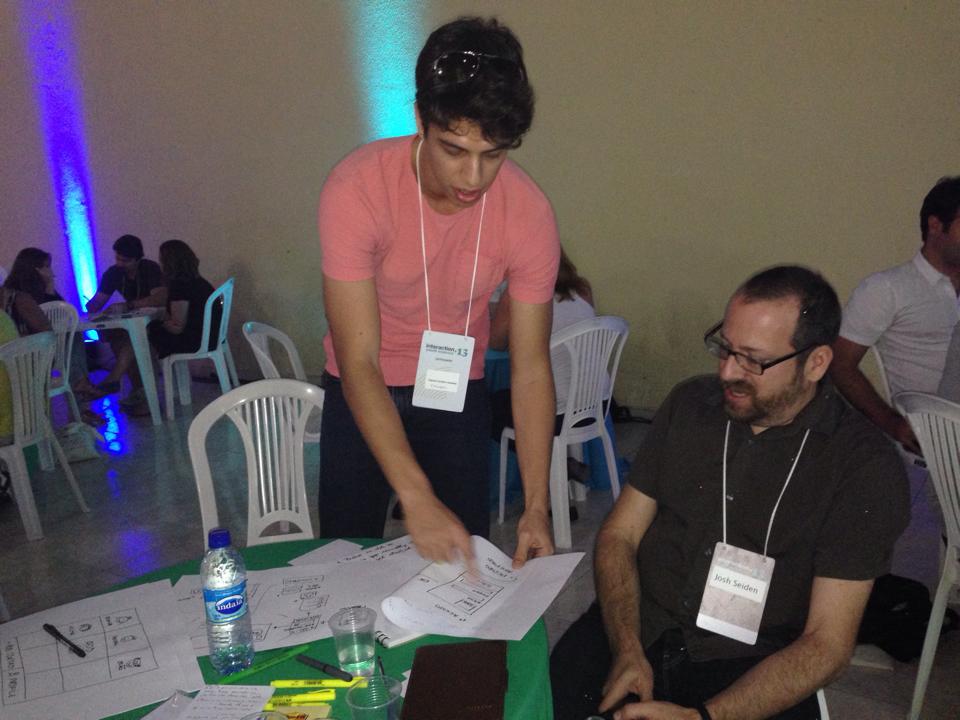Interaction South America 2013 and the Design Insights
Posted by gcardoso in GateIn on Nov 27, 2013 3:00:09 PMOn the 13-16th November the "Interaction South America" conference occurred in Recife, Brazil. The ISA is the biggest event of Interaction Design with this year's theme being "New models, new industries, new interactions". The conference consisted of four days of papers, cases, workshops and lectures with big names like Bill Buxton, Jared Spool and Lou Rosenfeld.
I presented a case describing my experience on working for an open-source project, the proposed redesign for GateIn, and the advances of the Red Hat Common User Experience initiative. There were about 50 people attending. On top of cases, papers and lectures, I attended to the workshop "Lean UX: Agility Through Cross-Functional Collaboration", with Josh Seiden, co-author of the book "Lean UX: Applying Lean Principles to Improve User Experience". Below you can see an overview of interesting points of the event.
Lean User Experience (UX)
Lean UX was inspired by the theories from Lean Startup and Agile development. Josh Seiden describes Lean UX as "a practice of bringing the true nature of a product to light faster, in a collaborative, cross-functional way with less emphasis on deliverables and greater focus on a shared understanding of the actual experience being designed".
As a case study, Josh presented a video where a team built an application to help sell glasses. They camped in a glasses store and developed an iPad application from scratch in less than a week; designing, testing and developing their app on site. Watch the video (click on it):
There are 9 principles for Lean Teams (source www.luxr.co):
- Design + biz + development + ... = 1 product team.
- Externalize!
- Goal-driven and outcome-focused.
- Repeatable and routinized.
- Research with users is the best source of information.
- Focus on solving the right problem.
- Generate many options & decide quickly what to pursue.
- Recognize hypotheses & validate them.
- Rapid cycles: think/make/check.
I'll comment some of them.
- Goal-driven and outcome-focused: Instead of focusing in outputs (features), focus on outcomes (benefits). Do you need "chat" in your product (feature) or a better communication solution that fits your users' needs (outcome)? By jumping directly to features, you might ignore better possibilities to solve a problem.
- Recognize hypotheses: Before adding any feature to your product, write down a hypotheses. E.g.: "We believe that a chat in our product will facilitate routine users, preventing them out of the product to communicate with a colleague".
- Test hypotheses: Some of them need design, others don't. In the case above, some interviews could confirm the hypotheses. In case of some redesign, usability testing would fit better.
In the workshop, our team had the initiative to test a hypothesis with Josh Seiden. It was a redesign of a voice call app which I tested with him to see if he would complete a specific task easier and faster.
The message of Lean UX is the following: instead of investing lots of money developing your revolutionary app, build something simple that can be tested by users. Launch a page with a concept and put a "Download" button. Thus, you will confirm if your idea is really interesting to the users. That's the spirit!


Comments